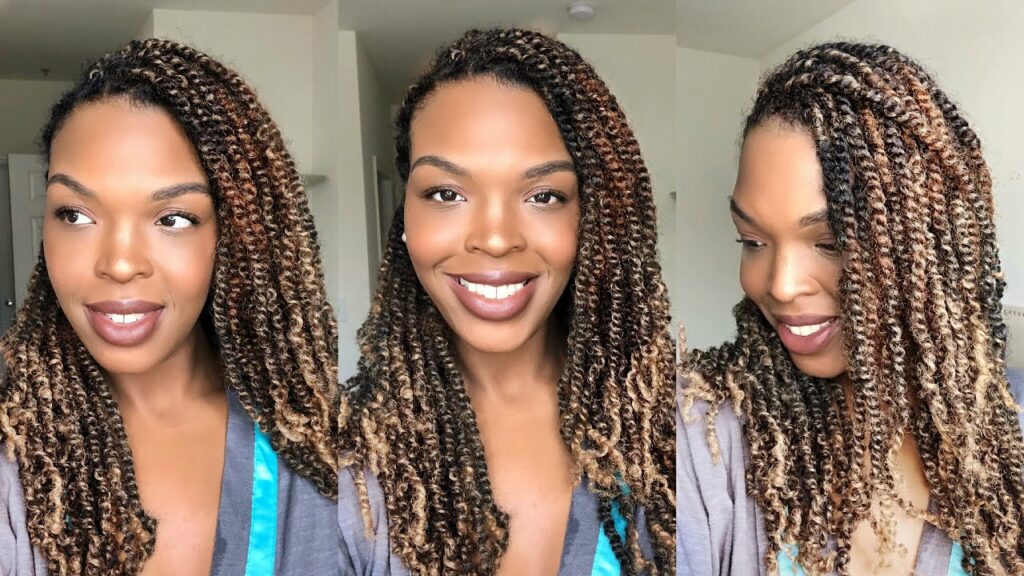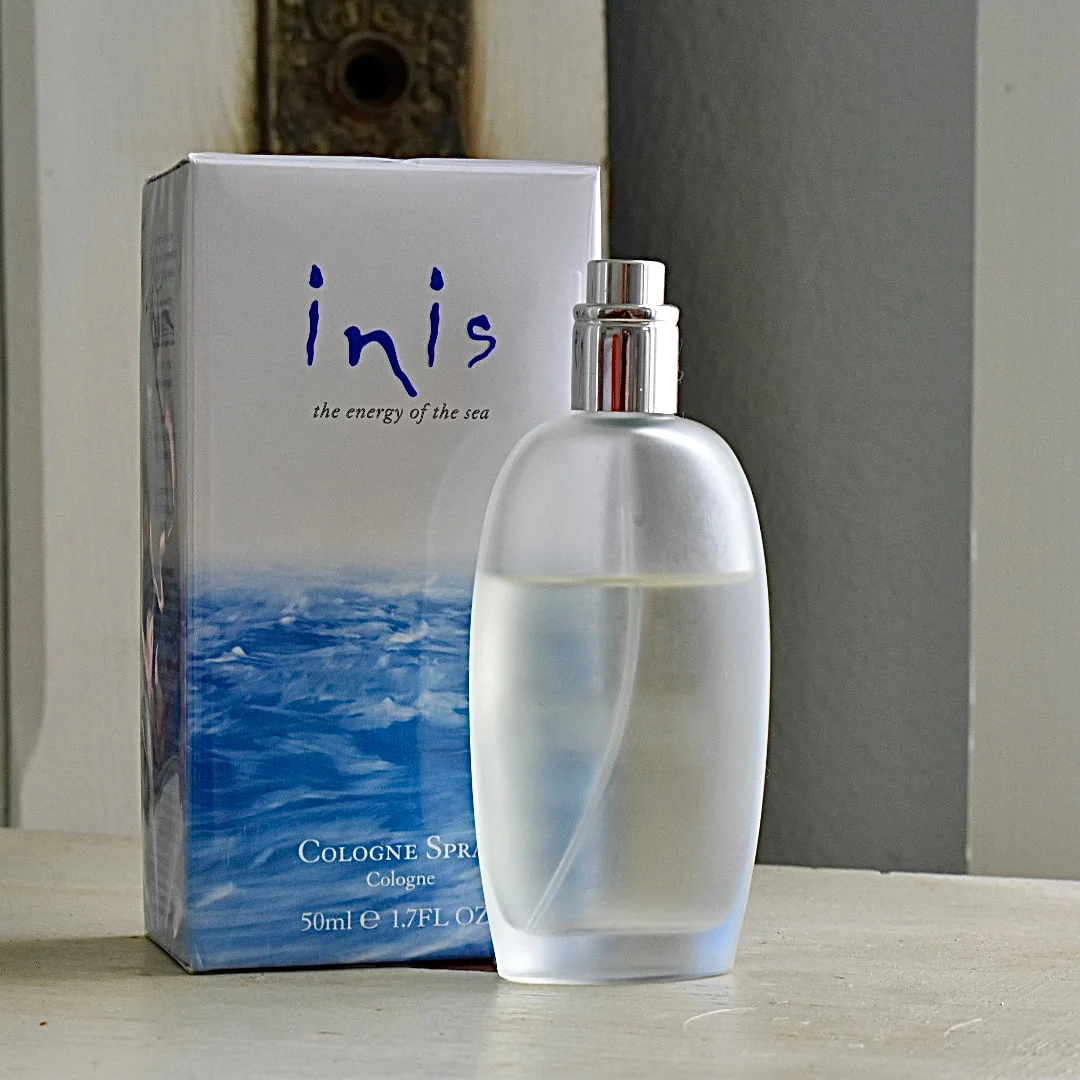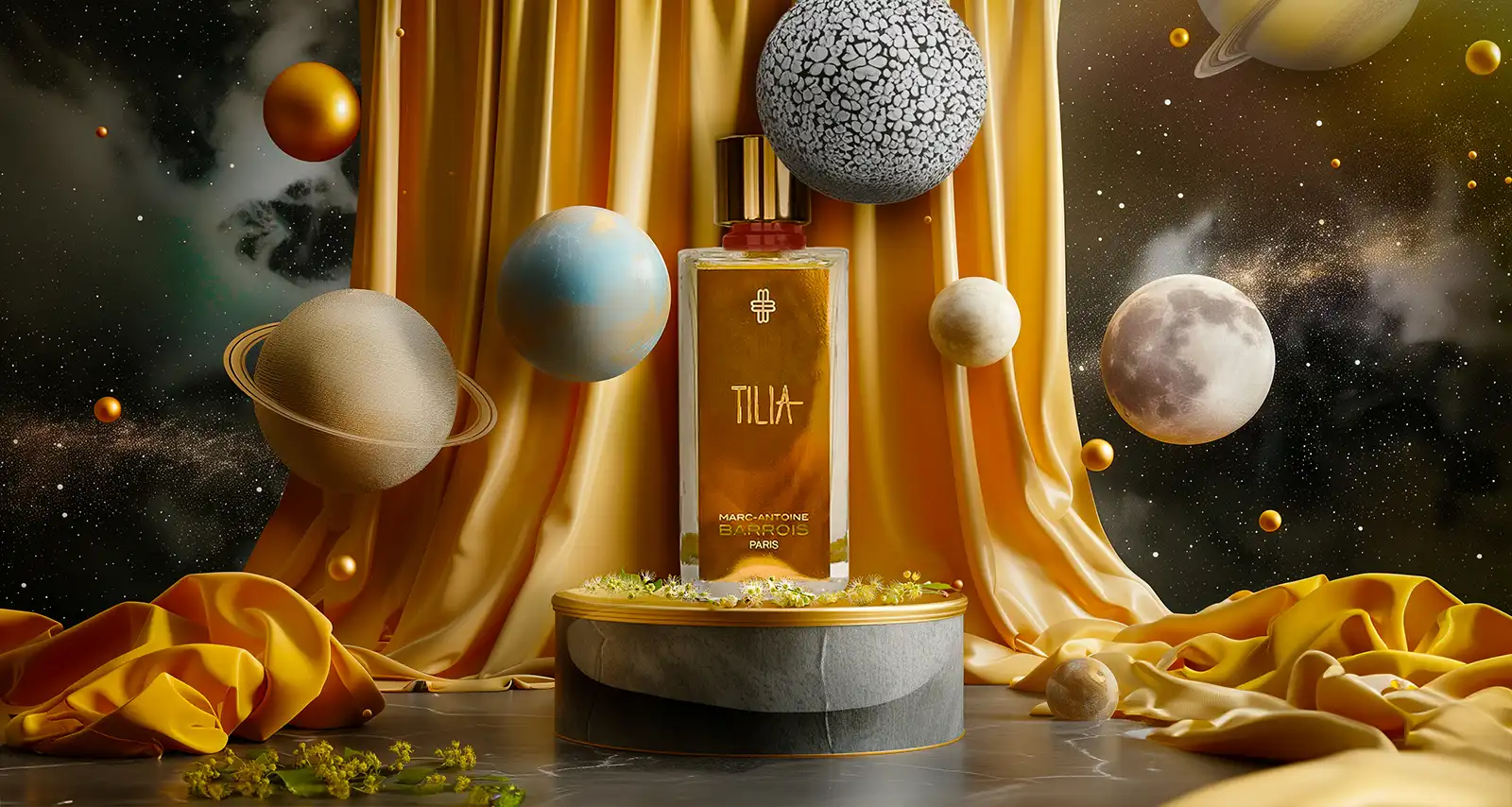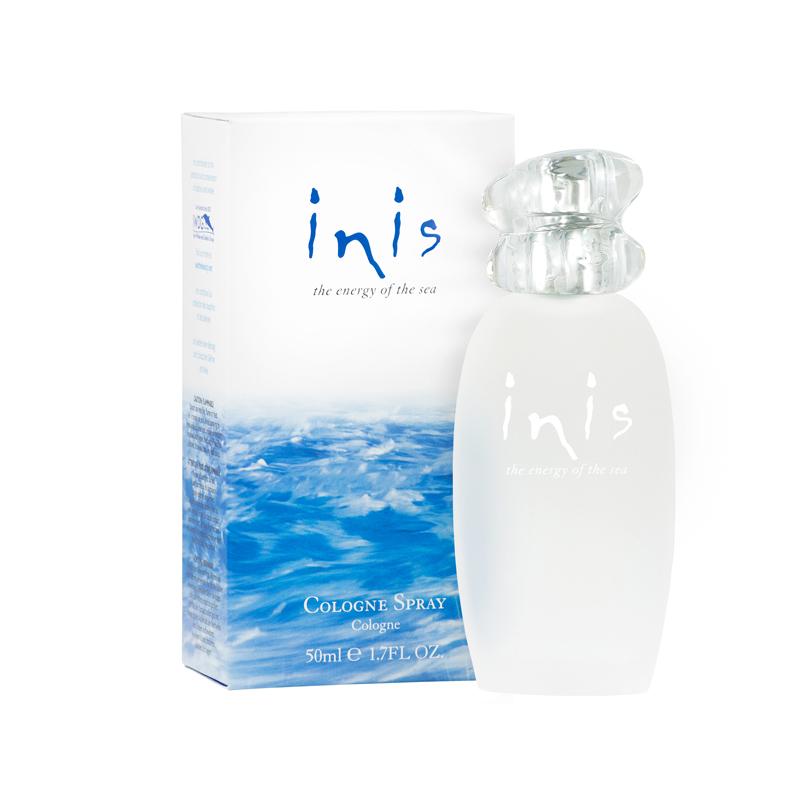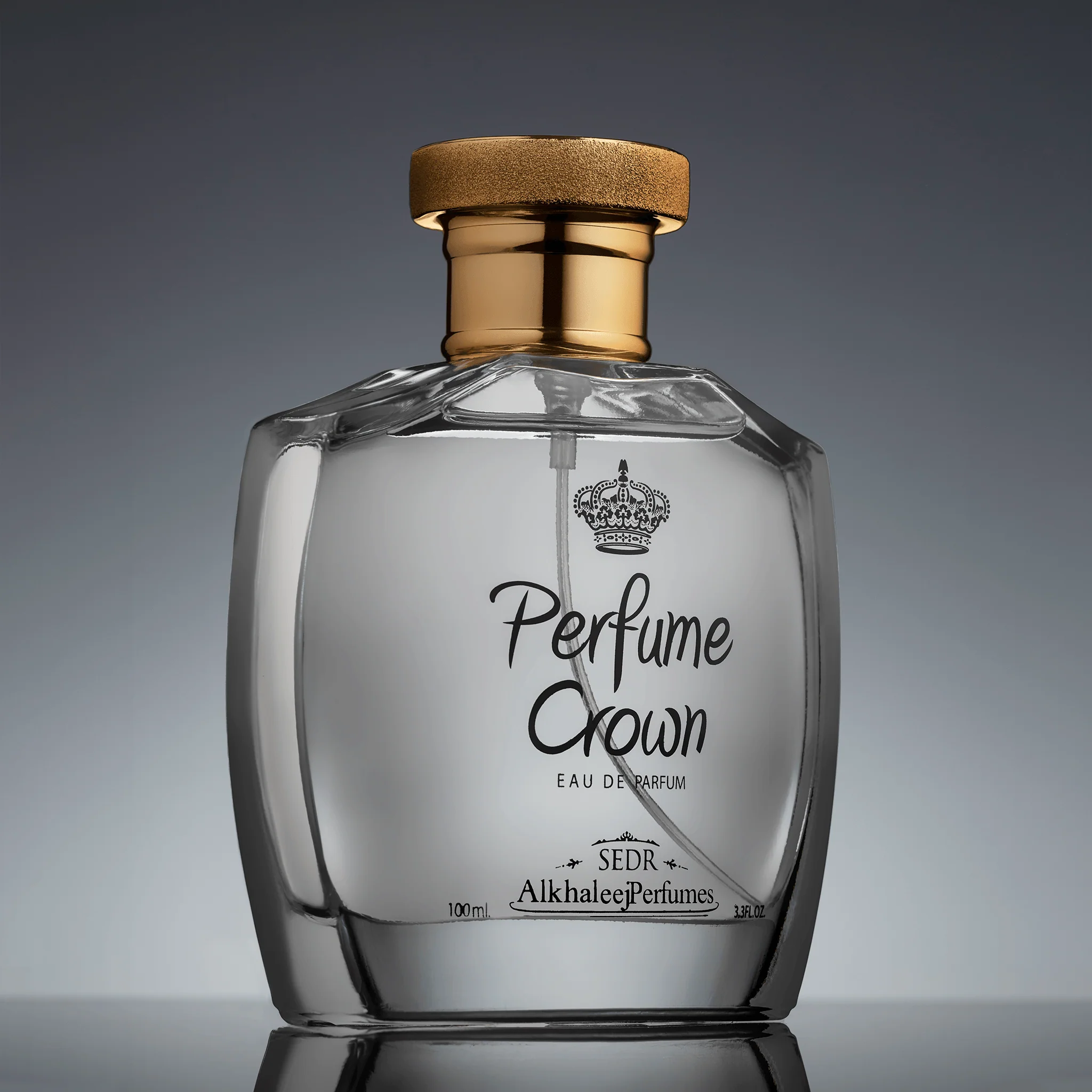kinky Twist hairstyles are a go-to for many women who want something stylish, low-maintenance, and protective. They help reduce hair breakage, encourage growth, and allow for creative styling. Among the most loved options are kinky and passion twists—but what sets them apart?
If you’re torn between the two, this guide will help you understand their differences, pros and cons, and how to choose the best style for your hair.
Understanding Twists in General
Twists involve sectioning the hair and wrapping two strands around each other. They can be done with natural hair or by adding extensions. These styles are popular for their protective benefits, especially for natural and textured hair.
Protective styles like twists:
- Lock in moisture.
- Reduce daily manipulation.
- Minimize breakage.
- Allow hair to grow with less stress.
Different twist styles offer different looks, textures, and longevity. Let’s explore what makes kinky and passion twists stand out.
What Are Kinky Twists?
Kinky twists are made using kinky-textured synthetic hair, often Marley or Afro kinky hair. The hair mimics the natural texture of 4B/4C hair, giving the style a more natural and less shiny appearance.
These twists are typically smaller and more compact. You can wear them short or long, and they tend to be lightweight, making them comfortable even in warmer weather.

Key Features of Kinky Twists:
- Coarse, springy texture
- Blends well with natural afro-textured hair.
- Natural matte finish
- Great for long-lasting protective styles.
- Can be styled in buns, ponytails, and updos.
Pros :
- Very natural look.
- Low shine, great for understated elegance.
- Tends to last longer with less frizz.
Cons :
- May take longer to install.
- Can feel slightly stiff for the first few days.
What Are Passion Twists?
Passion twists are newer in the world of twist styles. They use soft, silky, curly synthetic hair, typically water wave or bohemian curl extensions. The result is a shiny, flowy, and romantic look.
Passion twists are known for their free-form shape and texture. They offer a more laid-back, boho aesthetic and are especially popular for vacation styles or summer looks.
Key Features of Passion Twists:
- Soft and bouncy texture.
- Slight shine for a vibrant finish.
- Looser twist pattern
- Lightweight and voluminous
- Great for bohemian or beachy vibes.
Pros :
- Trendy and modern appearance.
- Easy to style in waves and curls.
- Lightweight and full-bodied
Cons :
- May frizz faster due to silky texture.
- Requires more maintenance to stay neat.
Key Differences Between Kinky and Passion Twists
Here’s a side-by-side comparison to help you understand the major differences:
Feature Kinky Twists, Passion TwistsTexture : Coarse, Soft, silky, and shiny Volume Less voluminous Plus volumineux Look Traditional, natural Trendy, romantic Frizz Control Less prone to frizz More prone to frizz Installation Time May take longer. Slightly faster. Longevity 6–8 weeks 4–6 weeks
Choosing the Right Twist for You
Deciding between kinky and passion twists depends on your lifestyle, hair texture, and personal style.
Choose kinky twists if:
- You prefer a natural, low-shine look.
- You want something that lasts longer.
- You don’t mind spending a little more time during installation.
- You have a busy schedule and want low-maintenance upkeep.
Choose passion twists if:
- You love soft, bouncy, and shiny hair.
- You’re looking for a vacation or special occasion style.
- You’re okay with refreshing the style every few weeks.
- You want something trendy and eye-catching.
Both styles look beautiful—you just have to pick what fits your personality and daily routine.
If you want to read our blogs, click here.
How to Maintain Twists
Maintaining your twists properly is key to protecting your natural hair underneath and keeping the style fresh.
Maintenance Tips:
- Wrap at Night: Use a satin or silk scarf or bonnet to reduce frizz.
- Moisturize the Scalp: Apply a light oil or leave-in spray 2–3 times a week.
- Refresh the Roots: Use dry shampoo or diluted tea tree oil spray if your scalp gets itchy.
- Clean Gently: Wash your scalp with a diluted shampoo and avoid soaking the entire twist.
- Don’t Keep Too Long: Remove twists within 6–8 weeks to prevent buildup of tension.
Proper care ensures both your twists and natural hair stay healthy.
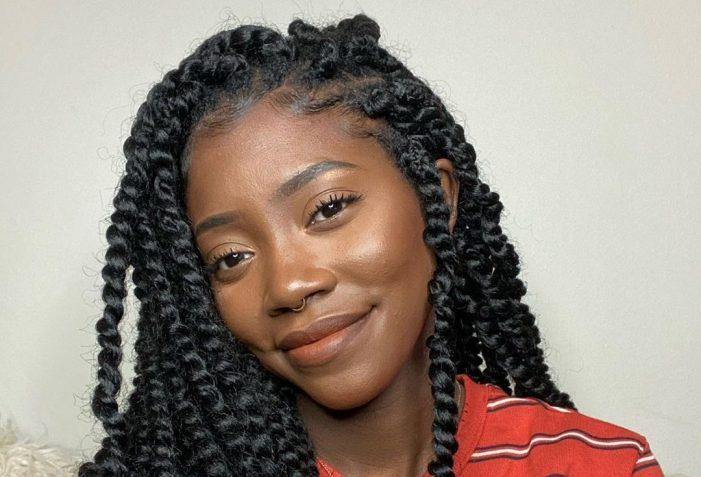
Final Thoughts on Twist Hairstyles
Kinky twists and passion twists are both stunning and protective. Whether you love the natural, matte texture of kinky twists or the shiny, carefree look of passion twists, both styles offer flexibility and flair.
They protect your strands, promote growth, and reduce daily styling stress. The right twist for you will depend on your hair goals, style preference, and how much time you want to spend on upkeep.
No matter your choice, both options help celebrate and protect your natural beauty.
Loved this guide? For more hair tips and twist inspiration, follow us on Facebook!
FAQs
Are kinky twists more durable than passion twists?
Yes. Kinky twists are generally more durable due to their coarse texture, which holds the twist pattern longer and resists frizz better.
Which twist style lasts longer?
Kinky twists usually last 6 to 8 weeks with minimal maintenance, while passion twists may need touch-ups after 4 to 6 weeks.
Can I wash my hair with either twist?
Yes. You can wash your scalp with diluted shampoo or a cleansing spray. Avoid rough scrubbing, and focus on the scalp instead of the twists themselves.
Are twists good for hair growth?
Definitely. Twists protect your ends, reduce breakage, and retain moisture—all key factors that support healthy hair growth.
Do kinky or passion twists cause hair damage?
No, not if they’re installed and removed correctly. Avoid tight twisting at the scalp and give your hair a break between styles to prevent stress or thinning.

